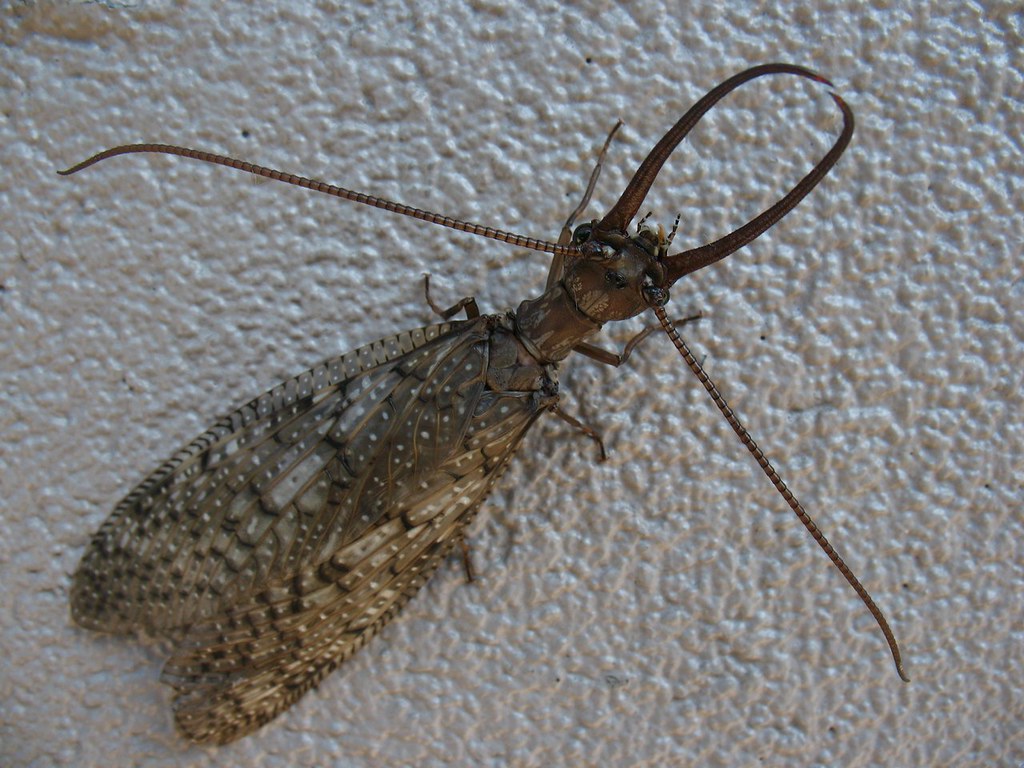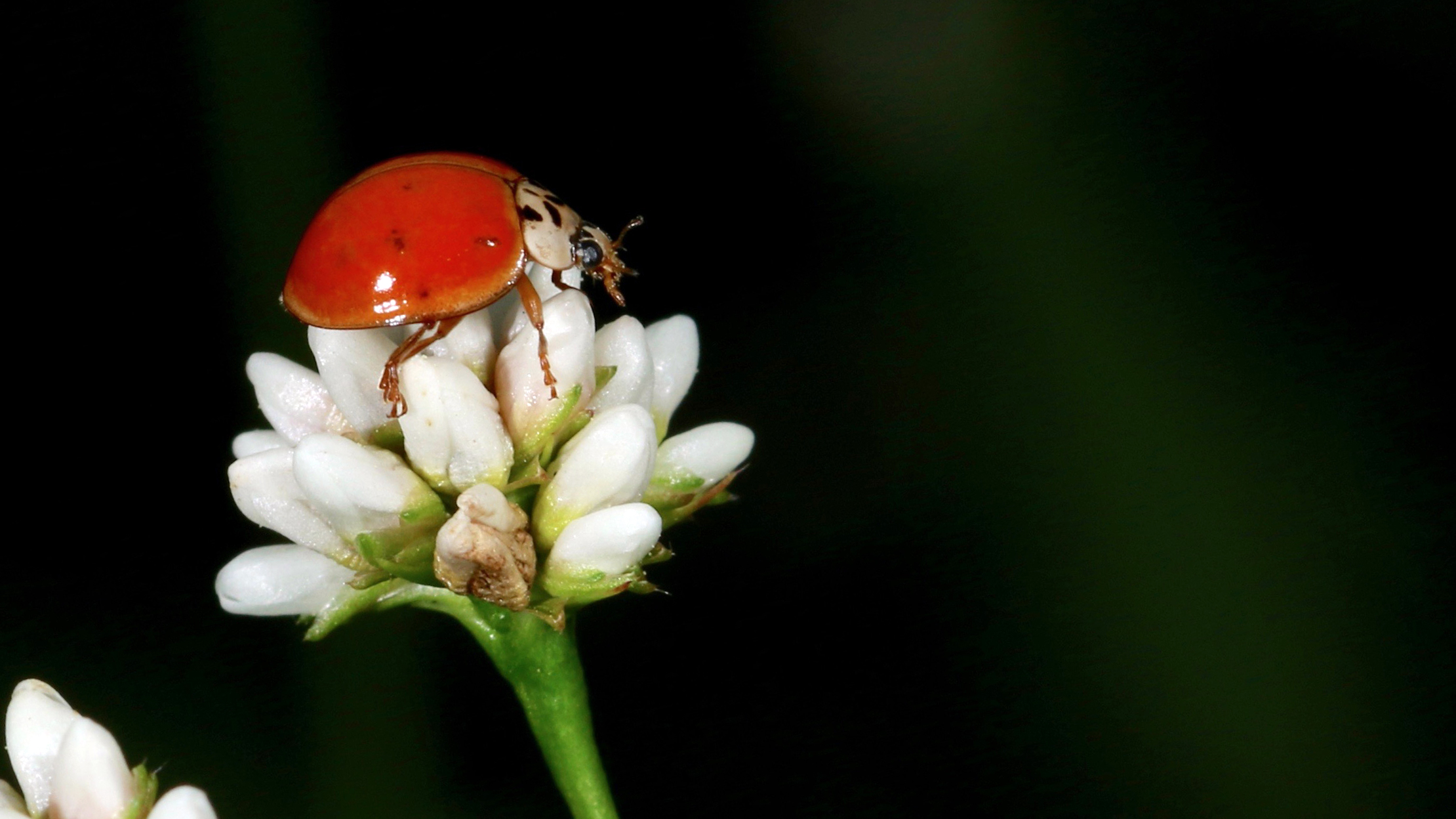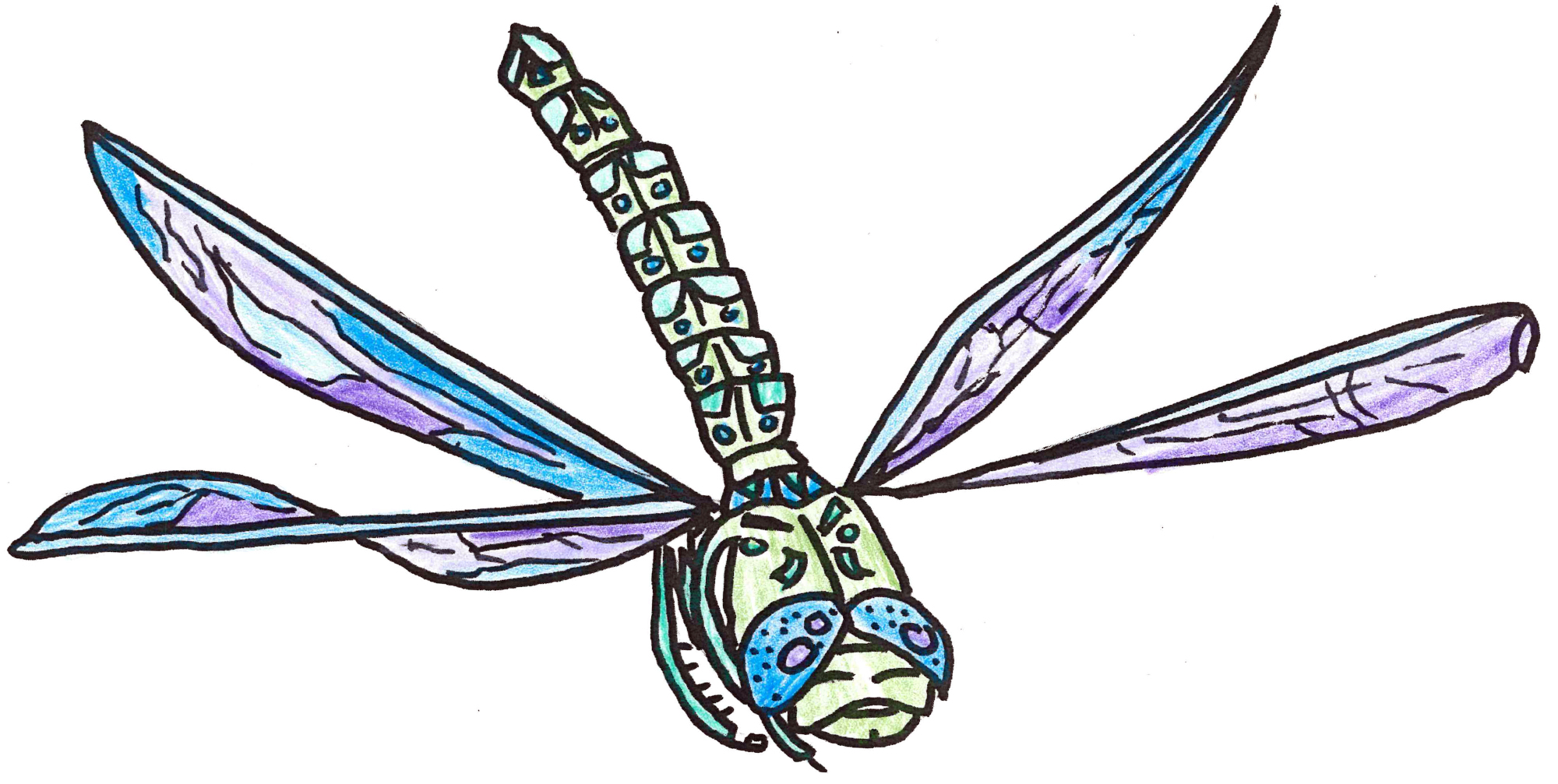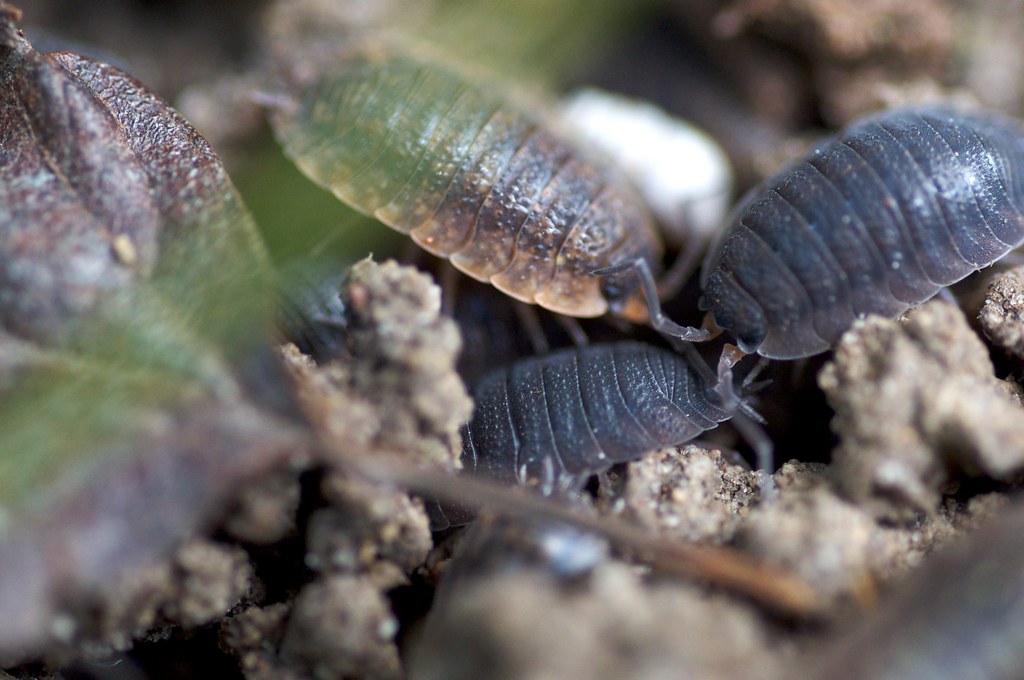If you’re talking about insects, when is it okay to call one a “bug”? People in everyday life call almost anything a bug, including spiders, centipedes, roly-polies and snails (none of which are even insects!).

Insects in the Order Hemiptera are known in English as true bugs. So entomologists will only refer to an insects as a bug if it is a member of the Hemiptera. Hemiptera are a large and diverse group of insects, but they all have one thing in common: a jointed beak that allows them to eat by piercing into their food source and sucking up liquid (or liquified) food.
Of course the word bug exists in the English language apart from entomology. Since at least 17th century, bug has referred to bed bugs. But bug and beetle probably have similar origins in Old English, so the word has probably always been used for irritating or destructive little creatures. In fact bugge in Middle English and Bögge in Low German are similar words meaning goblin. (Sounds a little like the boogey-man?)
The murky origins of the word might explain why the common names of many insects include “bug” when the animals isn’t in the order Hemiptera. June bugs, lightning bugs and lady bugs are all really beetles. Pill bugs are crustaceans that evolved to live on land separately from the insects. Stink bugs, bed bugs, and soapberry bugs are members of the Hemiptera, and so they can be called bugs without any hesitation.
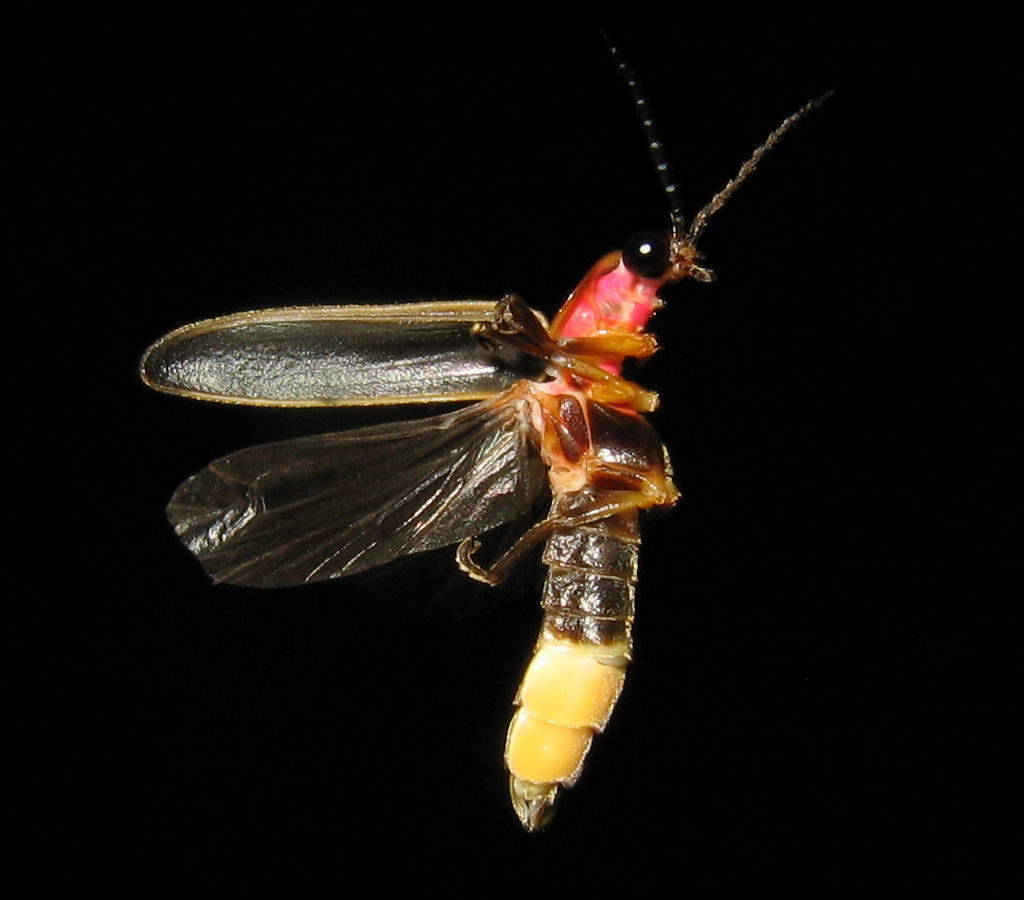
Some organisms don’t have convenient English names. For example the order Megaloptera contains several large insects, like alderflies, dodsonflies, and fishflies. But there’s no convenient name for the whole group. Grylloblattidae is a family of insects that was discovered in 1914 and doesn’t have a common name. They live in cold mountainous habitats such as the Canadian Rockies and have been called rock crawlers, ice crawlers or ice bugs.
